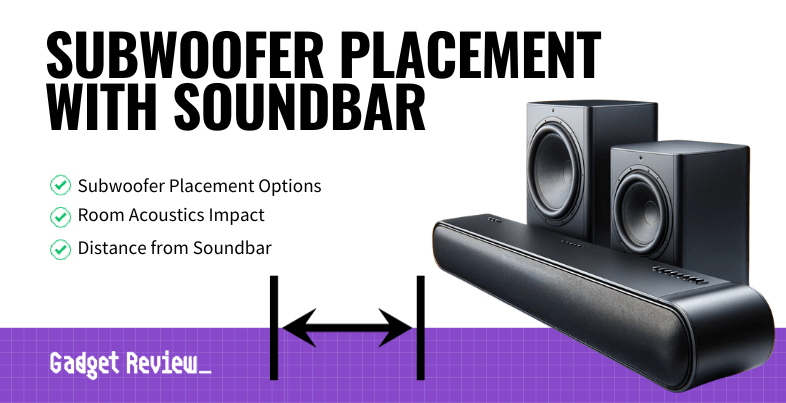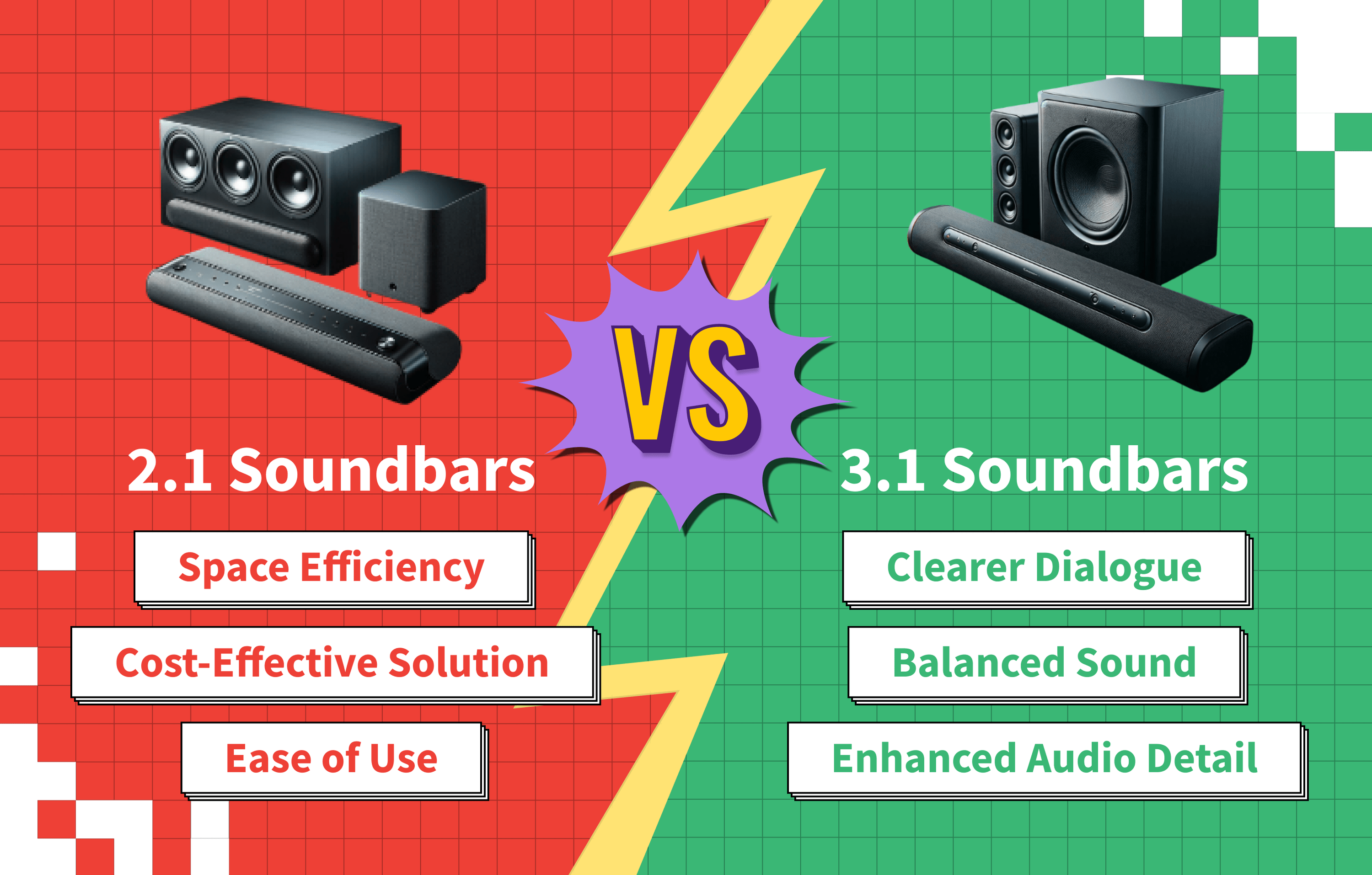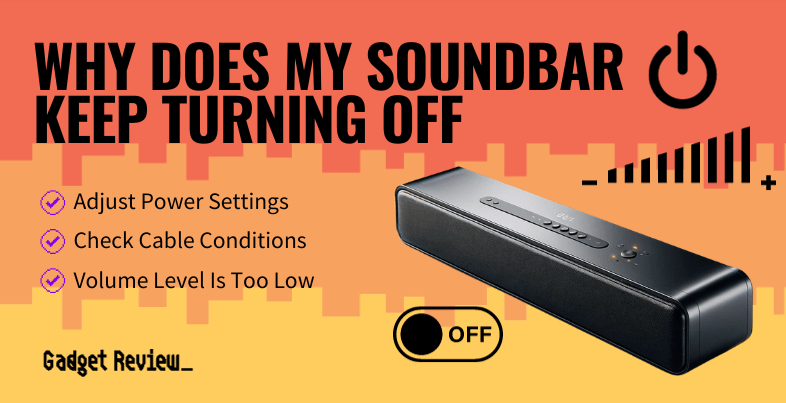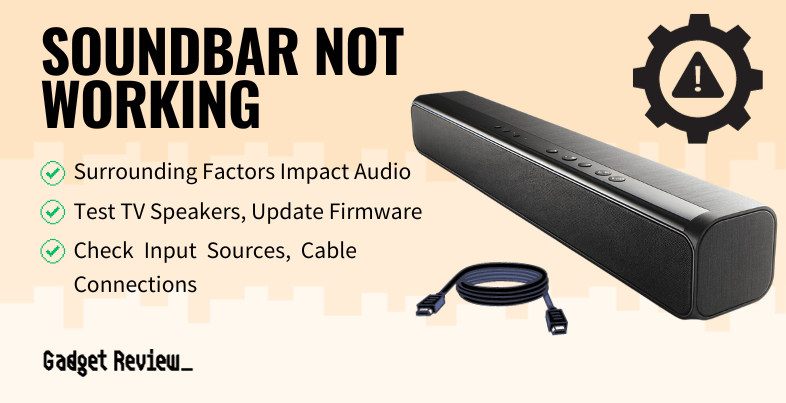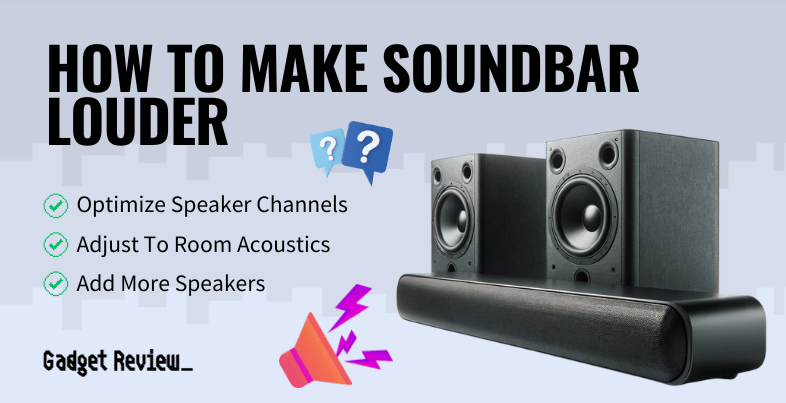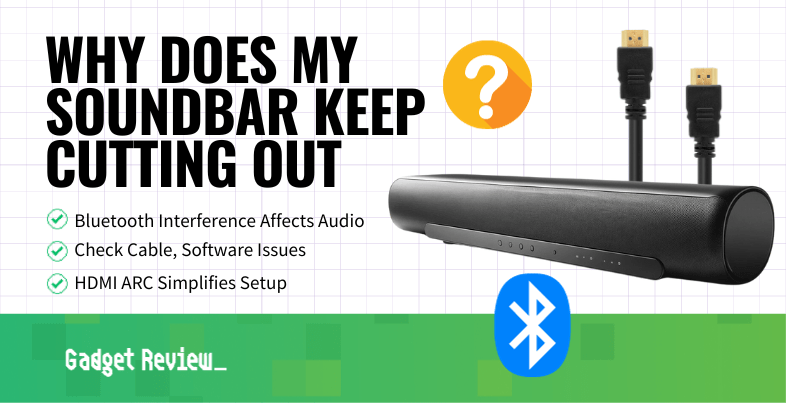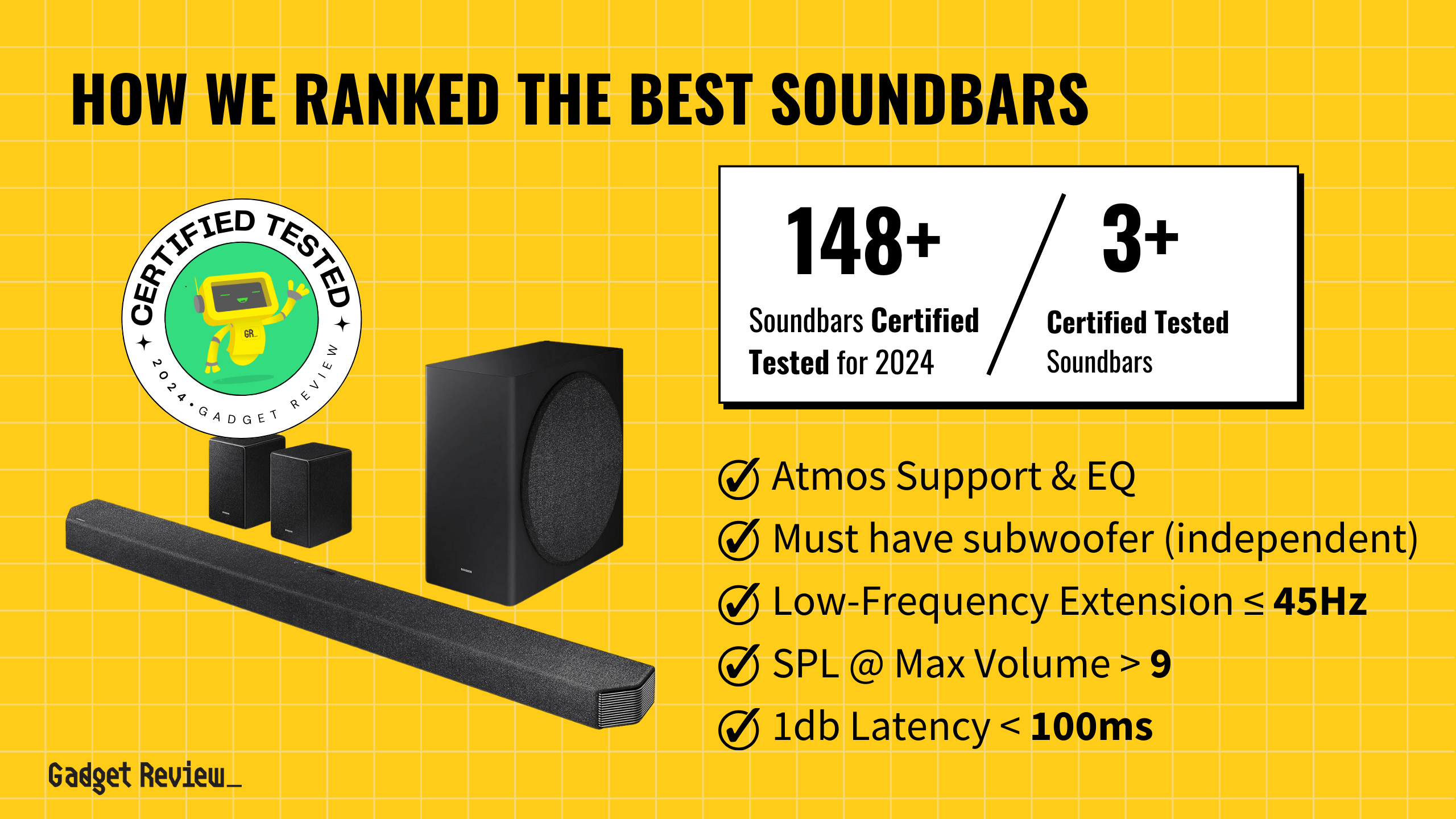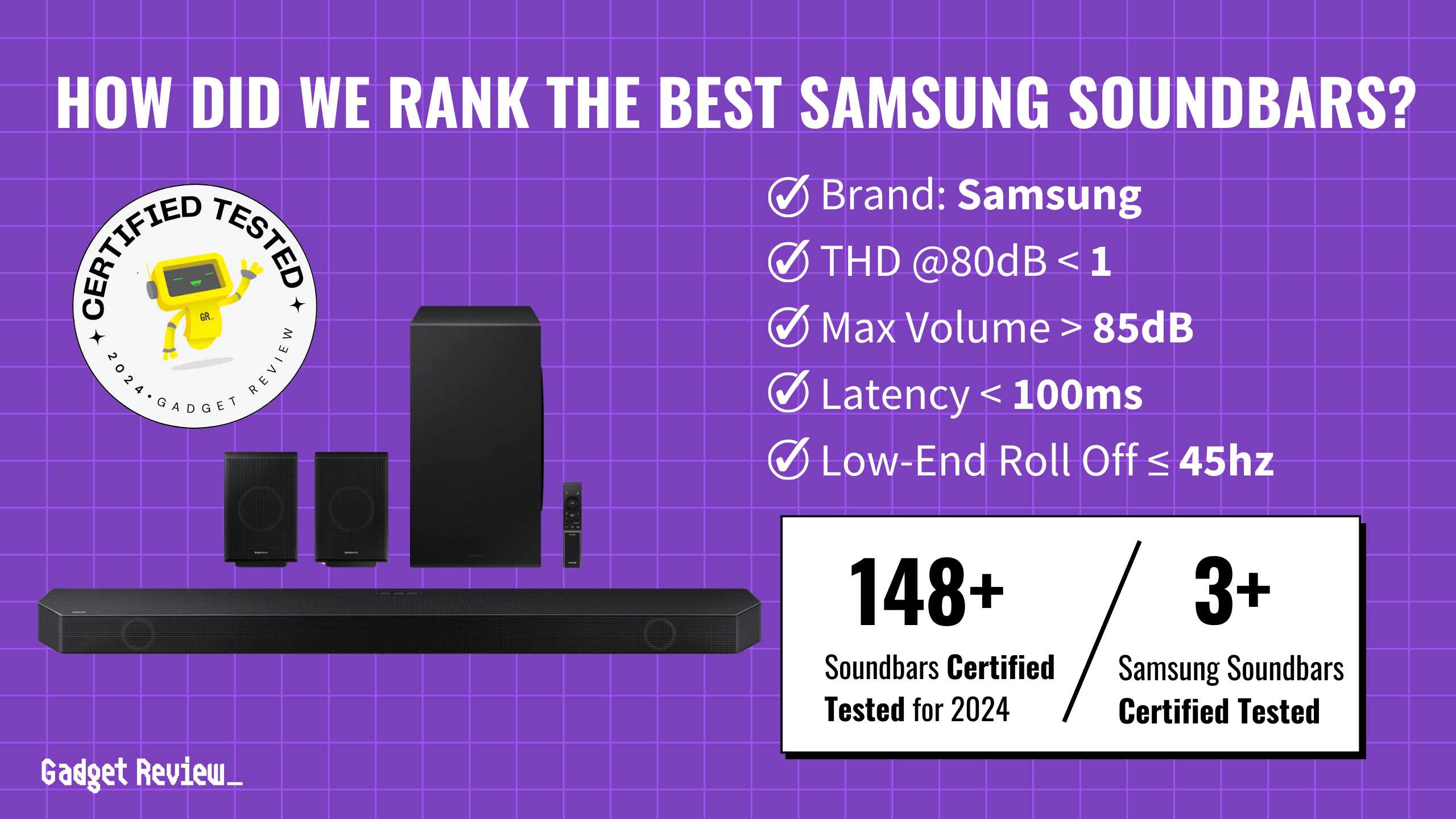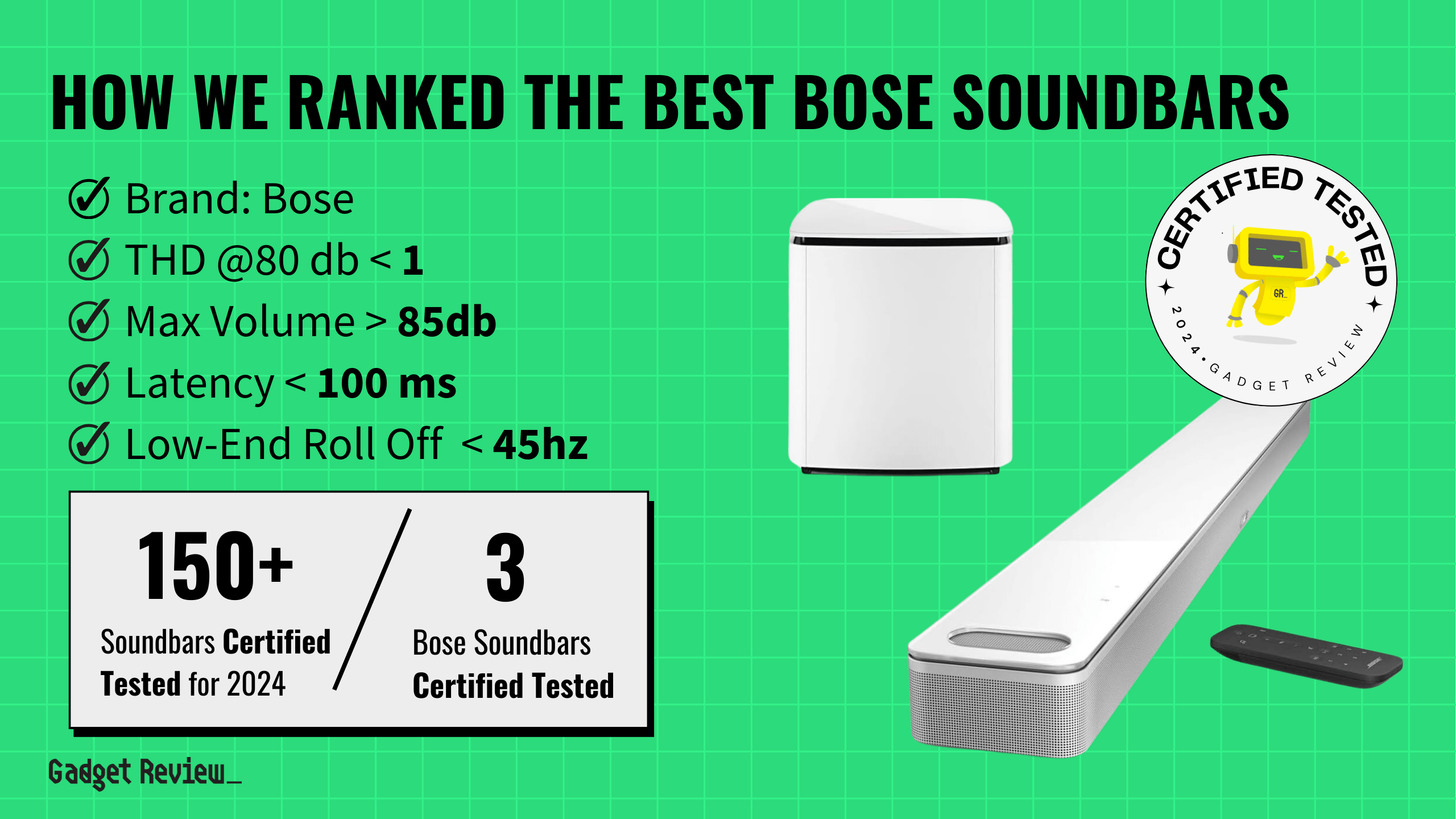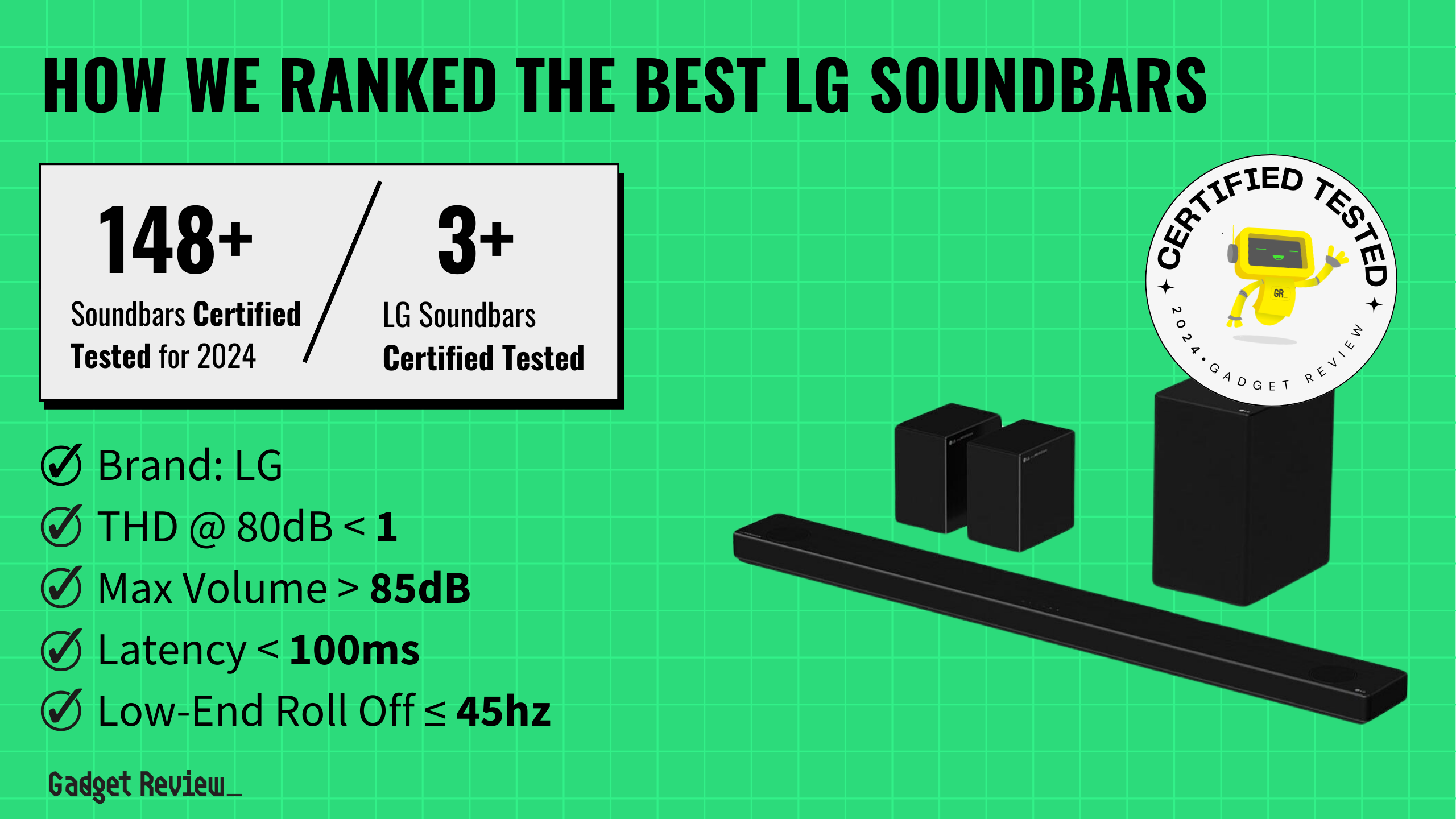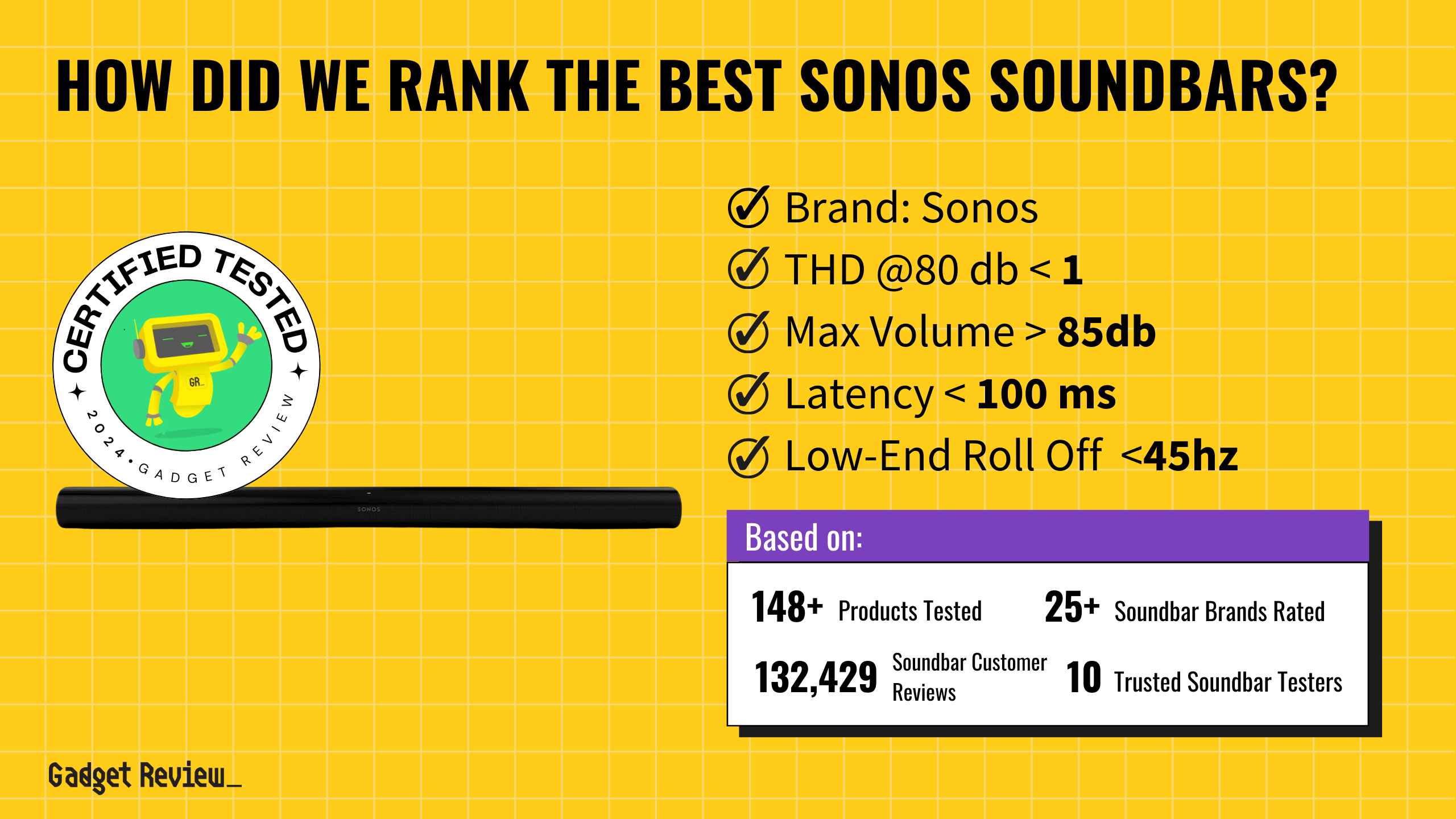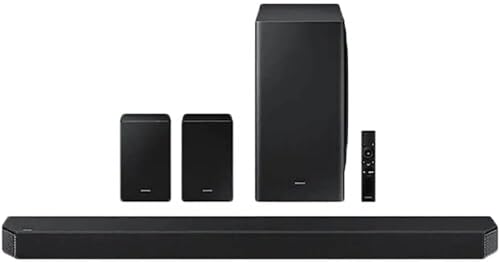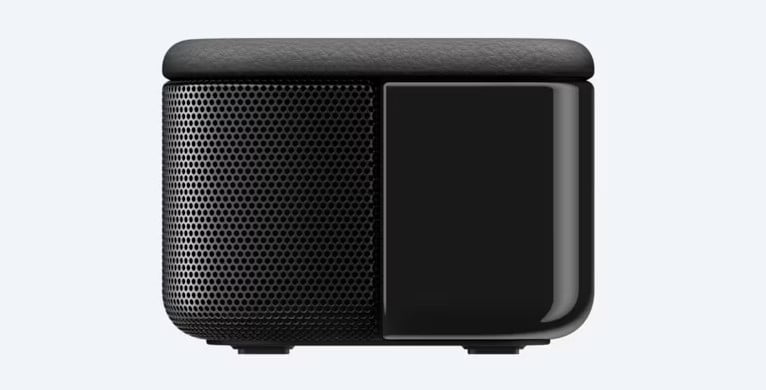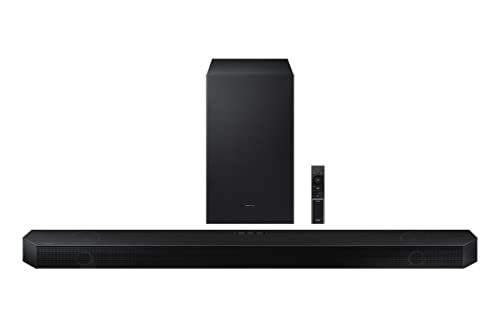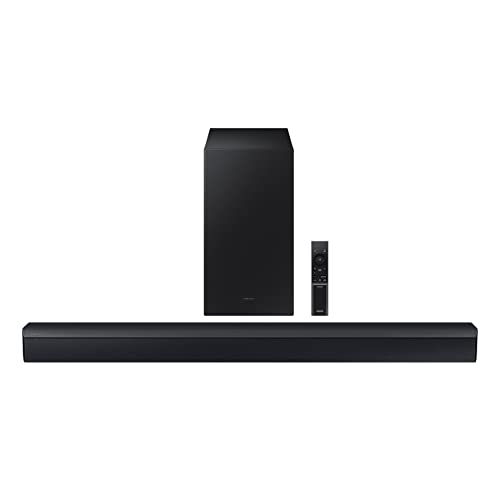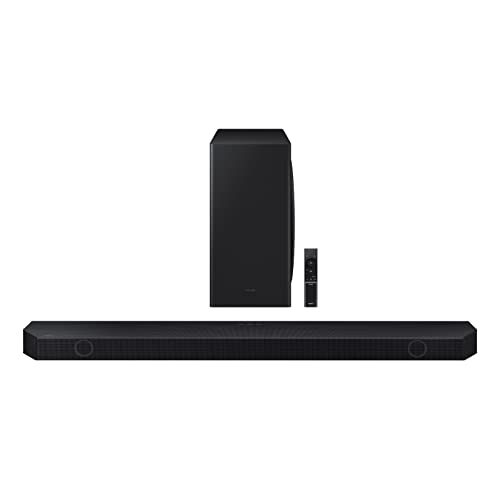Choosing the best speakers for your home theatre setup can significantly improve the audio experience, and soundbars are increasingly becoming popular among consumers. But when selecting the best soundbar out of the many available options, it’s hard to determine which is ideal for you if you haven’t done your research. Because there is such a wide range of soundbar models, we’ll compare 2.0 vs 2.1 soundbars below and get you one step closer to owning the speaker your ears have always dreamed about.
Key Takeaways_
- Soundbar systems are labelled for their number of the main driver and subwoofer channels.
- 2.0 soundbars have two main drivers and no channel for an extended subwoofer.
- 2.1 soundbars have two main drivers but an additional channel to connect a subwoofer.
And don’t worry, we have articles covering 2.1 vs 3.1 soundbars and another comparing 3.1 vs 5.1 soundbars for those who want to continue their research. If you aren’t yet sold on the idea of a soundbar, we have an article that compares soundbars vs home theater systems.
2.0 Vs 2.1 Channel Soundbar
What’s the difference between these two sound bar models? Unlike most things in life, the answer is quite simple: a subwoofer channel (or lack thereof).
When looking at soundbars, it’s essential to know that the first number is the number of main speakers. So, for our purposes, understand that both soundbar models come with two main drivers, one on the left and the other on the right.
insider tip
On modern Mac desktops and laptops, HDMI and Thunderbolt-3 connections are most common. Older Mac computers might use DVI or Thunderbolt-2 instead.
The second number signifies how many subwoofer channels the soundbar has. You may have already connected the dots: the difference between 2.0 and 2.1 is that the latter has a channel to support a subwoofer. While it might be obvious which will give the fuller sound, there are nuances to consider before going all in. And that’s also not to mention the price difference.
Sound Experience
The critical question here is this: what situations call for a subwoofer? First, remember that a soundbar without a subwoofer still produces adequate sound and delivers a sizeable audio range.
STAT: Subwoofers typically come in four sizes: 8, 10, 12, and 15 inches.
That being said, if you enjoy the cinematic quality of a rumbling bass frequency — whether it be an avalanche, explosives, or a dramatic musical score — purchasing a soundbar that connects to an external subwoofer might be for you. The subwoofer creates the actual bass frequency, which helps enjoy music and movies as the creators intended. If you take this route, we have a guide on subwoofer positioning with a soundbar to ensure you get the best audio experience.
Affordability
2.0 soundbars start at around $50, reaching up to a few hundred dollars for a premium quality option. As you might imagine, the separate subwoofer with 2.1 soundbars raises the price.
warning
If you’re searching for the most dynamic range of sound, experts recommend using surround speakers rather than a soundbar.
The cheapest options will begin at around $80. However, typically, you’ll find the starting price range closer to $120-$150, with more expensive options getting closer to $500.








